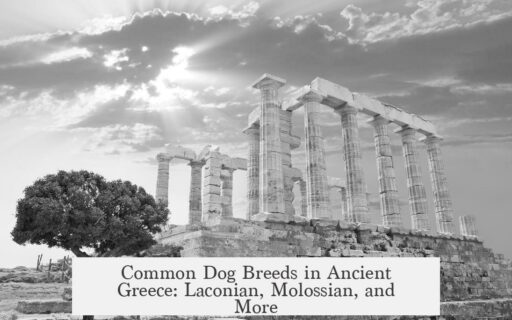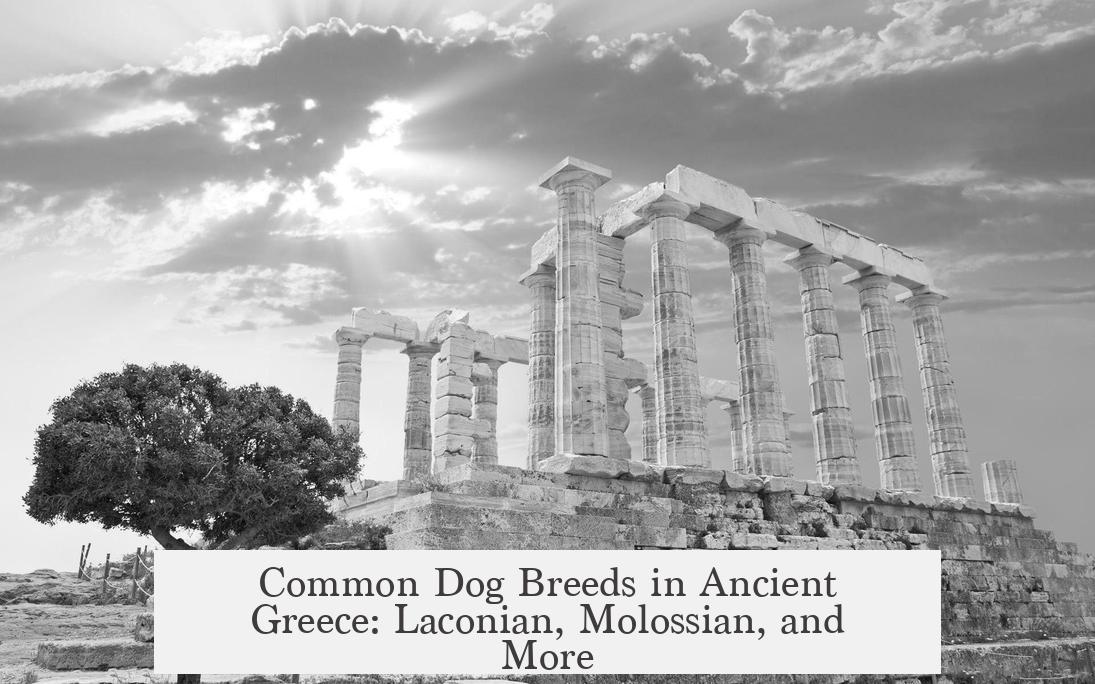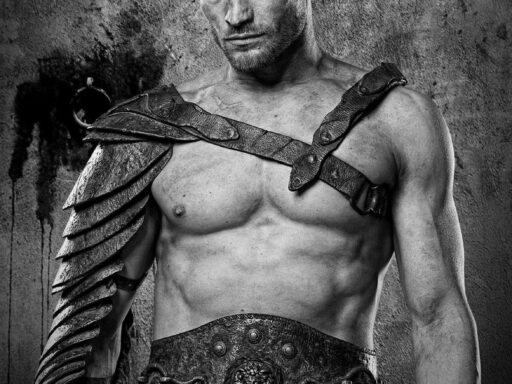Common types of dogs in Ancient Greece included hunting dogs like the Laconian Hound, guard dogs such as the Molossian Hound, companion dogs like the Maltese, and possibly the Alopekis, known for fox-like traits.
The Laconian Hound, also called the Spartan Hound, is known from sculptures and ancient descriptions. It closely resembles, in form and function, a modern hunting breed somewhat like the beagle, though it was larger and capable of chasing bigger game. These dogs were prized for speed and tracking ability, essential for hunting roles in Ancient Greece.
Guard dogs also played a crucial part. The Molossian Hound stands out as a prominent example. Ancient authors like Virgil describe it as a reliable guard dog, and Aristotle praises its bravery. This breed is considered an ancestor of modern shepherd and guard dogs. They were likely used to protect homes and livestock, emphasizing strength and loyalty.
The Maltese dog, or Melitaie, appears often in ancient art, especially in scenes featuring women and children. These dogs were smaller and served as companions, highlighting the diverse roles dogs played beyond work and hunting. Their presence in stele (grave markers) underlines their social significance.
The Alopekis is sometimes mentioned as an ancient Greek breed, supposedly meaning “fox-like.” However, direct evidence from ancient texts or verified artworks is limited. This breed is less documented and remains somewhat speculative in historical records.
Overall, the most common dogs in Ancient Greece aligned closely with their roles: guard dogs and hunting dogs dominate artifacts and literary references. These types reflect utilitarian needs in Ancient Greek society for security and hunting efficiency.
| Dog Type | Description | Primary Role |
|---|---|---|
| Laconian Hound | Large hunting dog, similar to beagle but bigger | Hunting large game |
| Molossian Hound | Strong, brave guard dog praised by Aristotle | Guarding property and livestock |
| Maltese Dog (Melitaie) | Small companion dog, seen with women and children | Companion |
| Alopekis | Possibly fox-like breed, uncertain evidence | Unknown, possibly hunting or companion |
- Ancient Greek dogs were mostly utilitarian: hunting or guarding.
- The Laconian and Molossian hounds stood out in hunting and protection roles.
- Small companion dogs like the Maltese appeared in social and domestic settings.
- The identity of some breeds, like Alopekis, remains unclear.
What Types of Dogs Were Common in Ancient Greece?
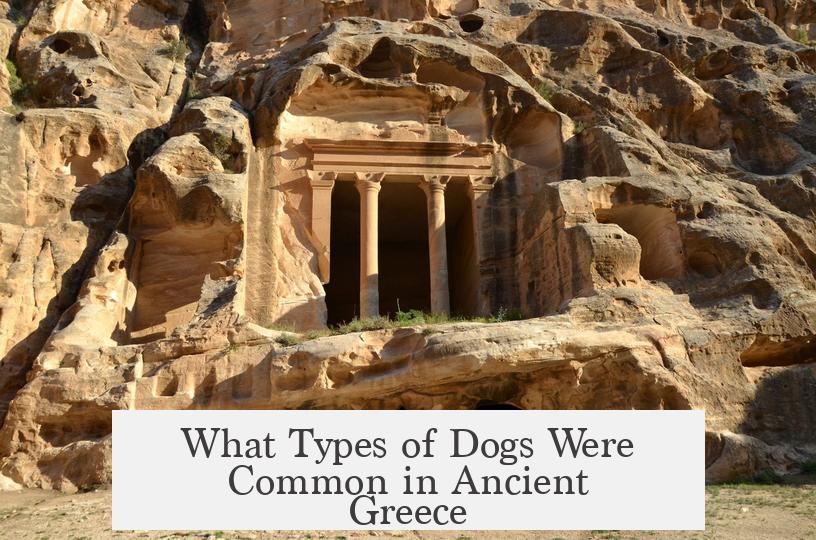
If you’re wondering what kinds of dogs roamed the streets, hills, and battlefields of Ancient Greece, you’re in for a fascinating trip back in time! While modern breeds as we know them didn’t exist per se, several distinct types played vital roles in daily Greek life. These four-legged companions weren’t just pets; they were hunters, guardians, and family members immortalized in art and literature.
So, what were these ancient dogs like? Let’s meet them one by one, exploring their traits and stories.
The Laconian Hound: Ancient Greece’s Hunting Prodigy
First up is the Laconian Hound, sometimes called the Spartan Hound. Sculptures and artifacts provide us a glimpse of this impressive hunting dog. What’s intriguing is how closely it is compared to the modern beagle — at least on paper. Imagine a beagle with a more serious hunt in mind, going after larger game than mere hares.
This dog is depicted as faster and bigger than today’s beagle. Just like a beagle, it probably had a keen sense of smell and stamina to chase down prey relentlessly. The fact that it earned a specific name tied to Sparta hints at its importance to warriors and hunters alike.
Picture a Spartan warrior, spear in hand, having this sleek hound at his side, ready to flush out wild game or warn of approaching danger.
Molossian Hound: The Brave Guardian
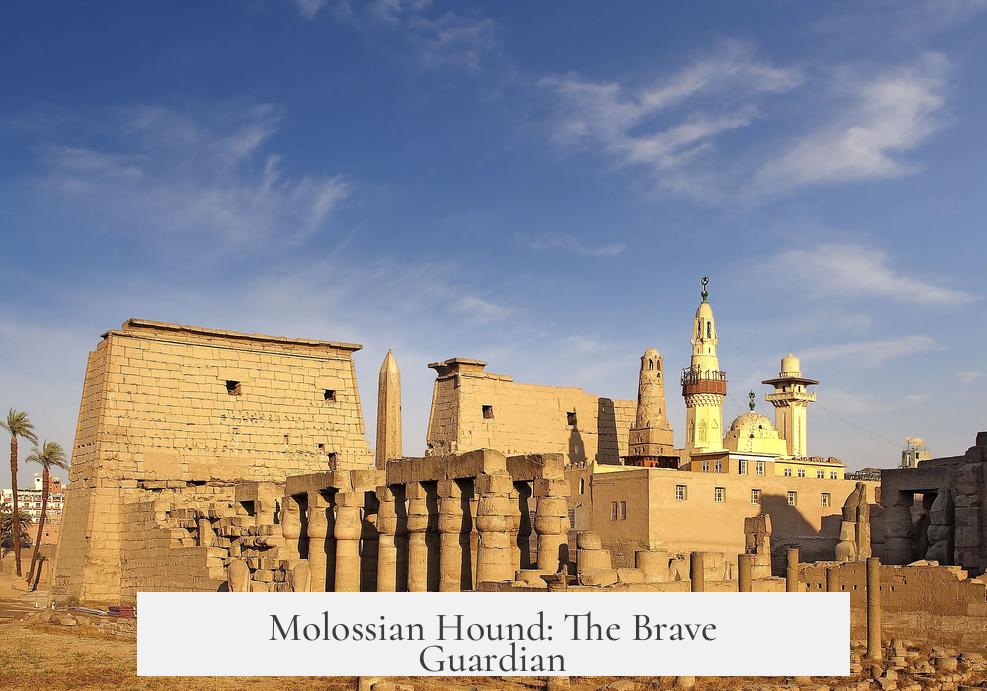
Next, meet the Molossian Hound. This dog’s story reads like an epic tale blending courage and protection. Ancient writers like Virgil described it as a reliable guard dog, and Aristotle himself praised its bravery. If Aristotle thought so highly, you know this dog was no pushover!
A bust of a Molossian hound still survives, showing a robust, strong canine that is considered the ancestor of modern shepherd breeds. Just imagine this dog standing firm at the gates of a homestead, teeth bared, ready to defend its territory from enemies or wild animals.
The Molossian hound’s protective nature made it invaluable. Unlike the Laconian, more focused on hunting, this breed was a stalwart protector, ensuring the safety of humans and livestock.
Maltese Dog (Melitaie): The Family Favorite
Not all ancient dogs were workaholics. Enter the Maltese dog, or Melitaie, small dogs often depicted alongside women and children on steeped tomb markers called stelai. These dogs served as companions rather than hunters or guards.
Imagine a lively little dog curled up next to a child in an ancient Greek household, providing warmth and affection. The Maltese has a long history, and its presence in such art pieces confirms its role as a beloved pet and symbol of domestic life.
This creature reminds us that even in ancient times, humans valued dogs for more than just utility—they were part of the family.
The Mysterious Alopekis: Fox-Like and Ancient?
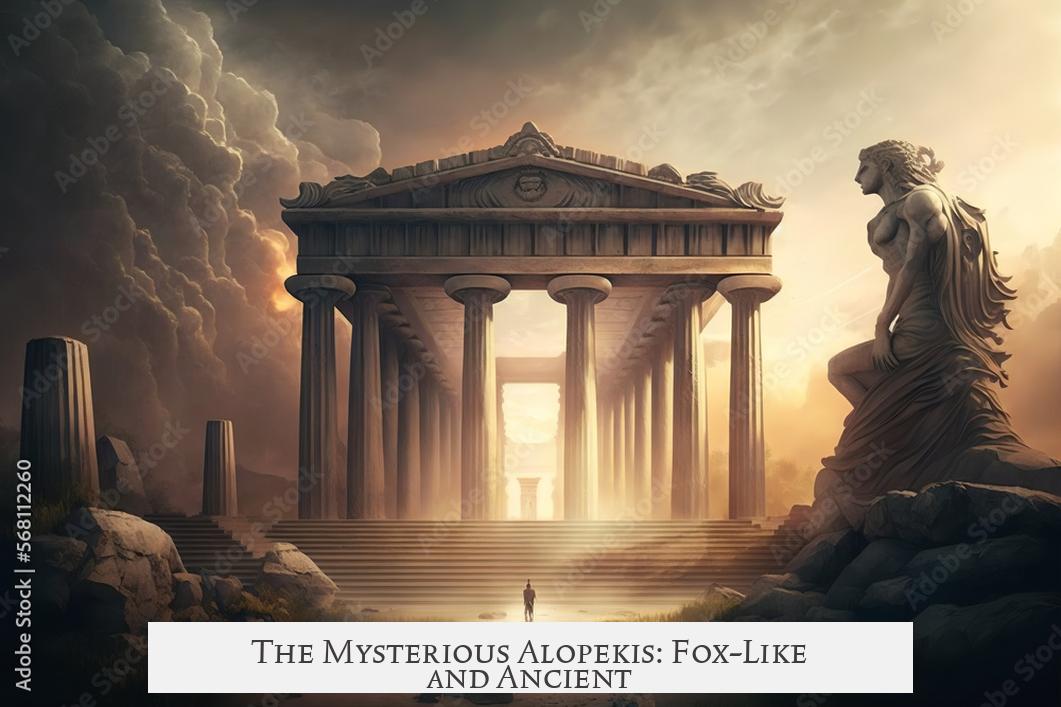
Now, here’s one that often raises eyebrows: the Alopekis. According to some sources, this dog’s name means “fox-like” in Ancient Greek, and it supposedly appears in some period art pieces. Unfortunately, verifying these claims is tricky — there’s little concrete evidence.
Still, the idea of a small, agile, fox-like dog fits well with the diverse canine roles seen in ancient societies. Whether myth or reality, Alopekis adds a dash of legend to the ancient dog mix.
Common Themes: Hunting Dogs and Guardians
Looking over these breeds, a pattern emerges. The dogs most commonly depicted in pottery, sculptures, and texts fall into two broad categories: hunting dogs and guard dogs. This makes sense. Ancient Greece was a rugged land where people needed reliable animals to protect their homes and assist in hunting.
Hunting dogs like the Laconian were fast, keen-nosed, and persistent. They helped bring food to the table and supported warrior hunts. Guard dogs like the Molossian stood watch, fearlessly guarding treasures and livestock.
Despite the importance of these functional roles, there was also room for smaller, affectionate dogs, such as the Maltese, demonstrating that the ancient Greeks recognized dogs’ emotional value too.
What Can We Learn from Ancient Greek Dogs Today?
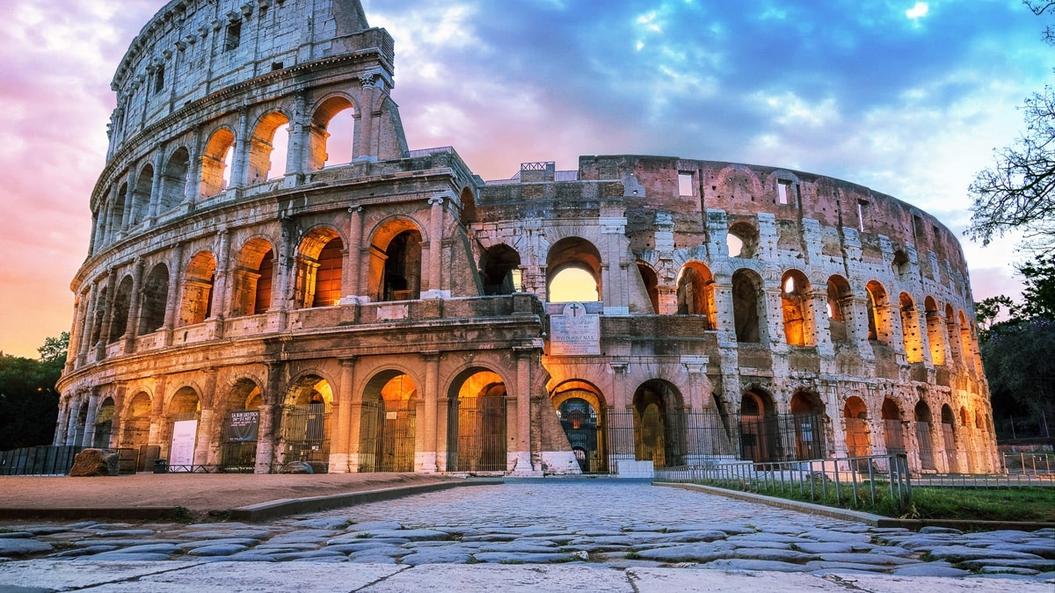
Why does this matter? Because understanding these dogs helps us appreciate how ancient societies blended practicality and companionship in their relationship with animals. They weren’t just utilitarian beasts; dogs filled many roles—hunter, protector, friend.
If modern dog lovers ever wondered how their furry pals connect to history, these ancient breeds offer a glimpse. Maybe your shepherd dog shares a lineage with the brave Molossian hound. Maybe your beagle’s ancestor was the swift Laconian hound chasing hares in rugged terrain thousands of years ago.
A Quick Recap Table
| Breed/Type | Main Role | Notable Traits | Depiction |
|---|---|---|---|
| Laconian Hound | Hunting Dog | Fast, Hunts Large Game, Spartan Connection | Sculptures and Hunting Scenes |
| Molossian Hound | Guard Dog | Brave, Protector, Ancestor to Shepherds | Busts, Literary References (Virgil, Aristotle) |
| Maltese Dog (Melitaie) | Companion | Small, Affectionate, Family-Friendly | Stelai Showing Women & Children |
| Alopekis | Uncertain (Fox-like?) | Legendary, Possibly Small & Agile | Debated Art References |
Closing Thoughts
Dogs in Ancient Greece were more than animals; they were part of society’s fabric. Their roles mirror the needs and values of the civilization—from guarding homes and hunting food to providing companionship. Whether the Spartan Laconian, the mighty Molossian, the gentle Maltese, or the enigmatic Alopekis, these dogs remind us how timeless the bond between humans and dogs truly is.
So, next time you see a beagle, a shepherd, or a Maltese, think about the ancient paws that once padded the hills of Greece. Isn’t it amazing how history and heritage can live on in our pets? What stories do you think your dog would tell about its ancient ancestors if it could bark in Ancient Greek?
